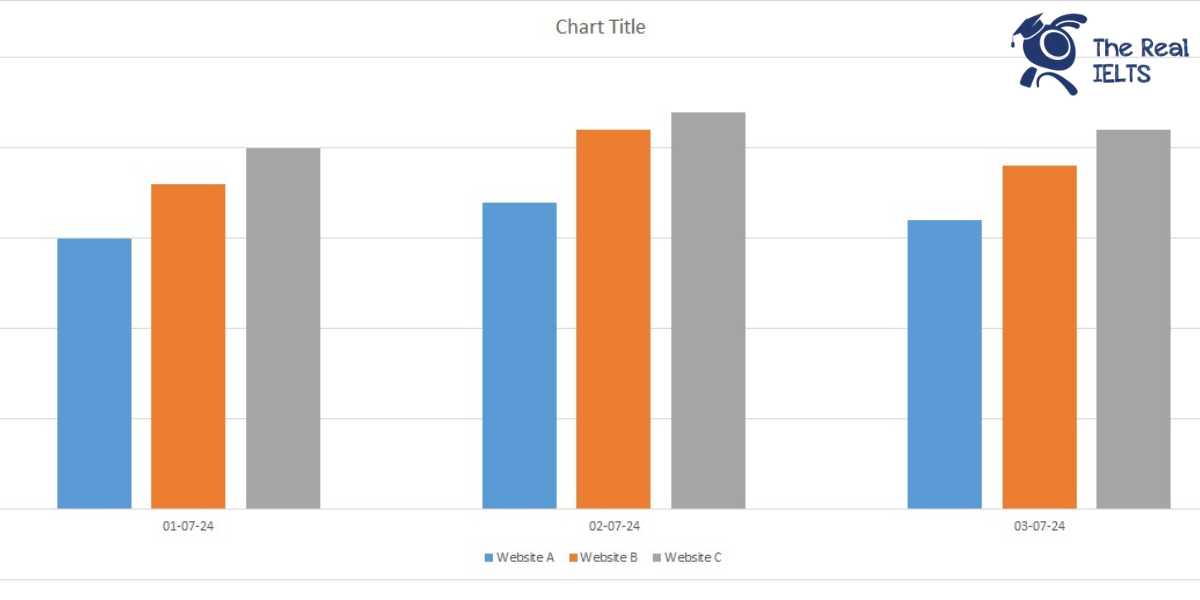IELTS Reading 77: Development of the aviation industry là chủ đề thuộc chuỗi bài luyện tập 11 dạng bài IELTS Reading và các bài tập luyện tập.
Học lại bài cũ: IELTS Reading 76: Tourism and Climate Change.
IELTS Reading: Development of the aviation industry
The aviation industry has undergone significant transformations since its inception, evolving into one of the most vital sectors of the global economy. The development of this industry can be traced back to the early 20th century, with the Wright brothers’ historic flight in 1903 marking a pivotal moment in human transportation. Initially, aviation was primarily focused on military applications and short-distance travel. However, post-World War II, advancements in technology, coupled with increasing passenger demand, propelled the industry into a new era of commercial aviation.
By the 1950s and 1960s, the introduction of jet engines revolutionized air travel. Aircraft became faster, capable of covering greater distances, and more efficient, allowing airlines to expand their routes and accommodate larger numbers of passengers. This period saw the emergence of iconic aircraft such as the Boeing 707 and the Douglas DC-8, which played crucial roles in establishing transcontinental and international air travel as a viable and popular option for the masses.
The liberalization of air transport policies in the late 20th century further accelerated the growth of the aviation sector. Deregulation in many regions allowed airlines to compete more freely, leading to lower fares and increased service options. Low-cost carriers entered the market, catering to budget-conscious travelers and transforming the travel landscape. The industry also witnessed significant investments in airport infrastructure, enhancing connectivity and accommodating the rising number of flights.
In recent decades, the aviation industry has faced new challenges, including environmental concerns and the need for sustainable practices. As global awareness of climate change has increased, airlines have begun investing in more fuel-efficient aircraft and exploring alternative fuels. The development of technologies such as electric and hybrid aircraft is on the horizon, signaling a shift towards greener aviation.
Moreover, the COVID-19 pandemic posed unprecedented challenges to the industry, resulting in a drastic decline in air travel. However, the recovery phase has seen a renewed focus on health and safety measures, alongside the adoption of digital technologies to enhance passenger experience and streamline operations.
As the aviation industry continues to develop, it remains essential to address the balance between growth and sustainability. Innovations in aircraft design, improvements in air traffic management, and investment in green technologies will play critical roles in shaping the future of aviation. Ultimately, the evolution of the aviation industry reflects broader economic, technological, and societal trends, underscoring its significance in connecting people and cultures across the globe.
Questions
1. Multiple Choice
What was a significant technological advancement in the aviation industry during the 1950s and 1960s?
A) The introduction of turbo-prop engines
B) The establishment of military air travel
C) The development of jet engines
D) The implementation of international flight regulations
2. True/False/Not Given
The Wright brothers’ flight marked the beginning of commercial aviation.
3. Yes/No/Not Given
The article states that the aviation industry has always prioritized environmental sustainability.
4. Matching Information
Match the following statements with the appropriate paragraphs in the article:
- The introduction of low-cost carriers
- The impact of the COVID-19 pandemic on air travel
- Advances in aircraft design
5. Matching Headings
Choose the correct heading for each paragraph:
A) The Role of Technology in Aviation Development
B) The Impact of Global Events on Air Travel
C) Historical Milestones in Aviation
6. Matching Sentence Endings
Complete the following sentence:
The liberalization of air transport policies led to…
A) higher fares for travelers.
B) increased competition among airlines.
C) a decline in airport infrastructure investments.
7. Sentence Completion
By the 1960s, iconic aircraft such as the Boeing 707 and the Douglas DC-8 were significant because they enabled…
8. Summary Completion
The aviation industry faced many challenges, including environmental concerns, which led to investments in _________ and alternative fuels.
9. Diagram Label Completion
Complete the labels on the diagram showing the growth of the aviation industry during the 20th century:
- 1903: __________
- 1950s: __________
- 2020: __________
10. Short Answer Questions
What was one of the key factors that led to the increased demand for air travel after World War II?
11. Table/Flowchart/Note Completion
Fill in the missing information in the table regarding the evolution of the aviation industry:
| Year | Development | Significance |
|---|---|---|
| 1903 | First powered flight | __________ |
| 1950s-60s | Introduction of jet engines | __________ |
| Recent years | Focus on sustainability | __________ |
Đáp án
1. Multiple Choice
What was a significant technological advancement in the aviation industry during the 1950s and 1960s?
A) The introduction of turbo-prop engines
B) The establishment of military air travel
C) The development of jet engines
D) The implementation of international flight regulations
2. True/False/Not Given
The Wright brothers’ flight marked the beginning of commercial aviation.
3. Yes/No/Not Given
The article states that the aviation industry has always prioritized environmental sustainability.
4. Matching Information
Match the following statements with the appropriate paragraphs in the article:
- The introduction of low-cost carriers
- The impact of the COVID-19 pandemic on air travel
- Advances in aircraft design
5. Matching Headings
Choose the correct heading for each paragraph:
A) The Role of Technology in Aviation Development
B) The Impact of Global Events on Air Travel
C) Historical Milestones in Aviation
6. Matching Sentence Endings
Complete the following sentence:
The liberalization of air transport policies led to…
A) higher fares for travelers.
B) increased competition among airlines.
C) a decline in airport infrastructure investments.
7. Sentence Completion
By the 1960s, iconic aircraft such as the Boeing 707 and the Douglas DC-8 were significant because they enabled…
8. Summary Completion
The aviation industry faced many challenges, including environmental concerns, which led to investments in _________ and alternative fuels.
9. Diagram Label Completion
Complete the labels on the diagram showing the growth of the aviation industry during the 20th century:
- 1903: __________
- 1950s: __________
- 2020: __________
10. Short Answer Questions
What was one of the key factors that led to the increased demand for air travel after World War II?
11. Table/Flowchart/Note Completion
Fill in the missing information in the table regarding the evolution of the aviation industry:
| Year | Development | Significance |
|---|---|---|
| 1903 | First powered flight | __________ |
| 1950s-60s | Introduction of jet engines | __________ |
| Recent years | Focus on sustainability | __________ |















